Restoring Success: To Do or To Skip Contents Restoration
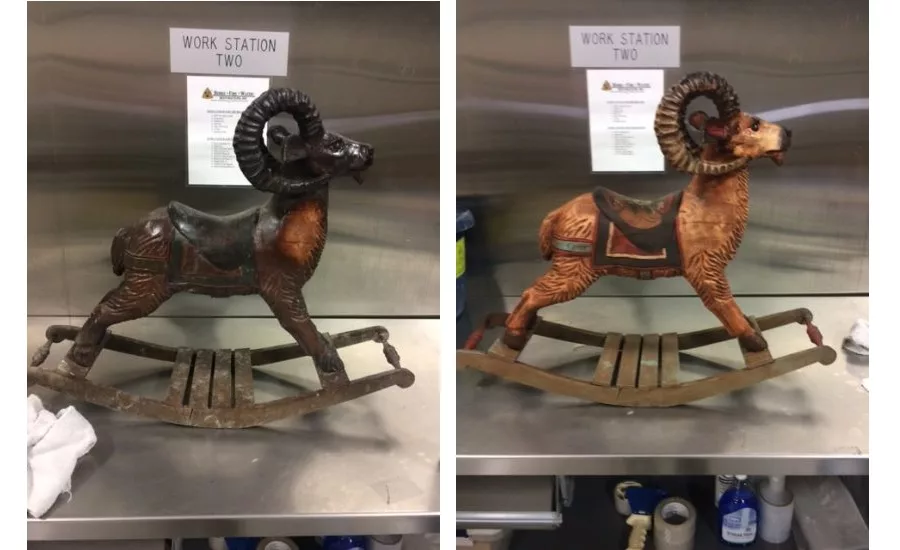
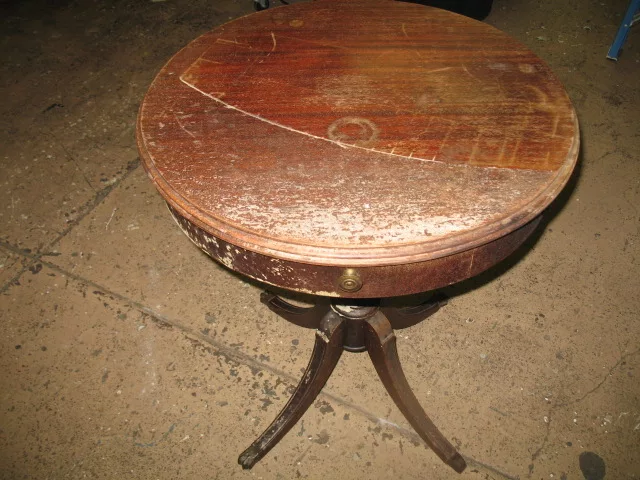

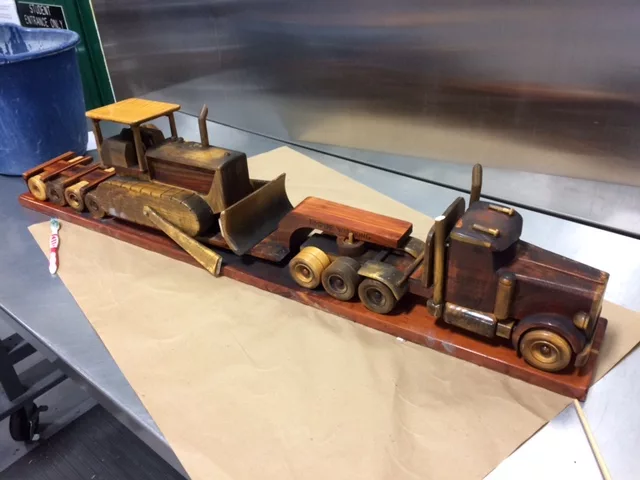
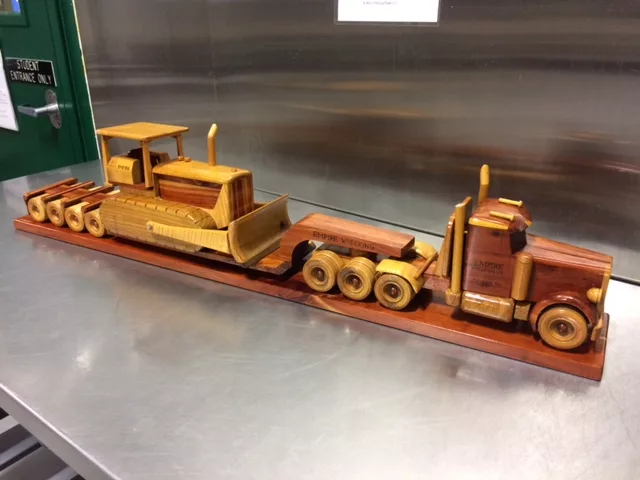
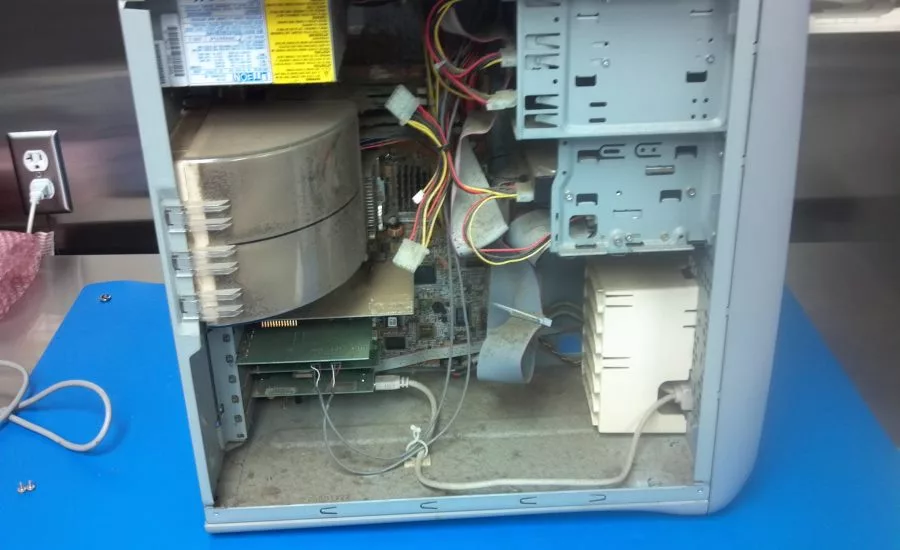
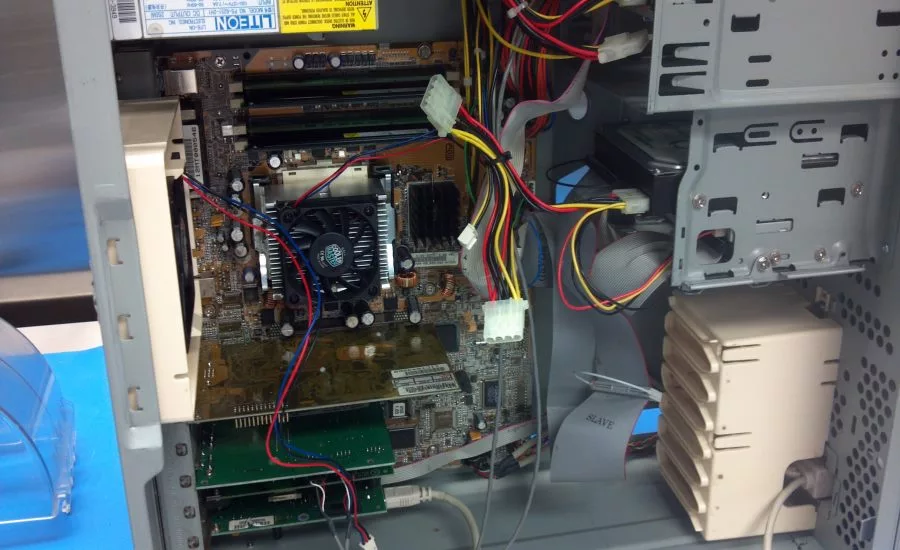
For a homeowner, it may be one of the few possessions left after losing everything or a memory from childhood, or the comfort item needed by a child to sleep at night. For a business, it could be an important piece of equipment, contracts, computers, or their first dollar bill hung in the foyer.
For an insurance company, it is property that they insured against a variety of risks.
For a restoration company, contents are something that we must understand and is area of our industry that holds much opportunity. Most jobs we perform have content(s) affected. Because they important to our customer, they must be important to the restorer. Because they are insured by the carrier that you are potentially working with on the dwelling, you need to have an understanding of the contents and be prepared to represent yourself and company as a credible restoration professional.
To do CONTENTS or not do CONTENTS in house?
I believe there is not a right or wrong answer to this question. I believe a restoration company can serve their customers well either way. The real question: To do some or all contents in-house or to partner with contents restoration companies? The answer may be somewhere in between.
If I were to consider the future, I believe the expectation for our industry to consistently provide quality content restoration services will rise and the demand for these services and expertise will grow. With education, training, development of standards, and technology, it will become more apparent that the severity of a claim can be contained by restoring contents versus replacing. Homeowners can be elated by the return of a precious belonging and the disruption to their life can be reduced. Businesses can minimize the disruption when contents are restored which may also have a direct impact on business interruption. There is much to be gained and enjoyed in the restoration of contents.
Why Contents?
- It is part of the indemnification (to make whole) process in many insurance policies.
- It is an area that may have a direct impact on the total severity of any given claim. There is opportunity to contain the severity of a claim by restoring contents.
- Customer satisfaction. The most important thing to a customer can be a photo, a figurine, or grandmother’s wedding dress. For a business, their computers, a piece of equipment, or even the linens may be the most important or critical.
- It was only a couple months ago that a lost Teddy Bear made national news: https://www.youtube.com/watch?v=I5xgKeSJb3c
- According to J.D. Power and Associates 2011 Property Claims Satisfaction Study, “Approximately one-third of claims include the loss of contents. These claims tend to be more complicated, and in some cases can be highly emotional events—which results in a less-satisfying experience for these claimants than among those whose claim did not involve content loss.”
If your organization chooses to perform contents restoration services, as with all the disciplines within our industry, it is important to approach it deliberately with appropriate knowledge and expertise. Contents involves management, training, equipment, products, and tools, and must be carefully executed. R&R offers a variety of resources and expertise through articles and videos to hone your knowledge. There are also a variety of training programs available.
What every restorer should know about contents:
- It is an area of opportunity to provide both services and education to those we serve.
- We should show care and concern about contents.
- Contents restoration can be complex and involve multiple specialties and disciplines at any given point.
- Understand and have resources as it relates to contents. Be aware of what is available in the world of contents restoration. Be resourceful when faced with a challenge.
- Documents
- Electronics
- Fine Art
- Textiles
- Techniques beyond hand cleaning, wet cleaning and ultrasonic:
- Media Blasting
- Refinishing
- Odor treatments
Regardless of whether you choose to do some or all contents in-house as an organization, I encourage you to educate yourself. As with many things, “you don’t know what you don’t know.” Aggressively pursue knowledge and understanding of the world of contents restoration. It will serve you and your organization well.
Looking for a reprint of this article?
From high-res PDFs to custom plaques, order your copy today!









